LED Light Therapy Color Guide: Red, Blue, Green Light Therapy
Ever wondered why spas and dermatologists are buzzing about LED light therapy? It's not just another skincare fad. Different colored lights offer unique benefits, from tackling acne to smoothing wrinkles. Curious about which color is best for your skin?
We've got you covered. In this guide, we'll break down the science behind LED light therapy and explore the specific benefits of blue, green, and red light.
What is LED Light Therapy?
LED light therapy might sound like something out of a sci-fi movie, but it's a real, science-backed treatment that's making waves in the skincare world. So, what exactly is it?
LED stands for light-emitting diode. These light-emitting diodes emit specific wavelengths of light that penetrate your body's skin at different depths. Think of it as a targeted message for your skin cells, triggering various responses depending on the color of the light.
Does LED light therapy work?
When these light waves hit your skin, they're absorbed by cells and converted into energy. This energy then kickstarts a cascade of beneficial reactions, such as:
-
Boosting collagen production: Collagen is the protein that gives your skin its firmness and elasticity.
-
Reducing inflammation: This can help with issues like acne and redness.
-
Increasing blood circulation: This delivers more oxygen and nutrients to your skin cells.
-
Killing acne-causing bacteria: Blue light therapy specifically targets these bacteria to treat acne.
Is it safe?
Yes. Unlike UV rays from the sun, LED light is non-invasive and doesn't cause any damage. It's also pain-free and requires no downtime.
What can it help with?
LED light therapy devices are used for a variety of skin concerns of your body, including:
-
Acne
-
Wrinkles and fine lines
-
Sun damage
-
Inflammation
-
Wound healing
Let's talk about more benefits in detail later.
Rainbow of Benefits: What Each LED Light Color Can Do For You
Red Light
Red light therapy is like a rejuvenating elixir for your skin. It penetrates deep into the dermis, stimulating collagen production — the holy grail of youthful skin. This means fewer wrinkles, smoother texture, and a plumper complexion. But that's not all. Red light also increases blood circulation, delivering oxygen and nutrients to your cells, resulting in a healthy glow.
Key benefits of red light:
-
Reduces wrinkles and fine lines: Plumps up your skin from within.
-
Improves skin elasticity: Helps your skin bounce back.
-
Minimizes pore size: For a smoother, more refined appearance.
-
Fades scars and stretch marks: Helps to even out skin tone.
-
Soothes inflammation: Great for sensitive or irritated skin.

Blue Light
If acne is your nemesis, blue light is your weapon of choice. It targets the bacteria that cause those pesky breakouts, zapping them away and preventing future blemishes. Blue light also helps to regulate oil production, keeping your pores clear and reducing shine.
Key benefits of blue light:
-
Fights acne: Kills acne-causing bacteria and reduces inflammation.
-
Controls oil production: Helps to keep pores clear and prevent breakouts.
-
Shrinks enlarged pores: Minimizes the appearance of pores.
-
Calms redness and inflammation: Soothes irritated skin.
-
Heals existing blemishes: Speeds up the healing process.

Green Light
Green light is like a calming balm for your skin. It's particularly beneficial for sensitive or irritated skin, helping to reduce redness, inflammation, and hyperpigmentation. Green light also helps to regulate melanin production, which can even out skin tone and fade dark spots.
Key benefits of green light:
-
Soothes redness and inflammation: Ideal for sensitive skin.
-
Reduces hyperpigmentation: Fades dark spots and evens out skin tone.
-
Calms rosacea: Helps to manage this chronic skin condition.
-
Minimizes broken capillaries: Strengthens blood vessels.
-
Improves lymphatic drainage: Helps to detoxify the skin.

Red, Blue, Green: Decoding the Differences
While all LED light colors work their magic on a cellular level, each has a unique target and effect. Let's take a closer look at the key differences between red, blue, and green light.
Wavelengths and Penetration Depth
The primary difference lies in their wavelengths, which determine how deep they penetrate the skin:
-
Red light (620-750nm): The longest wavelength, reaching the deepest layers of the skin (dermis).
-
Blue light (450-485nm): Shorter wavelength, penetrating the top layer of the skin (epidermis).
-
Green light (500-565nm): Falls in the middle, reaching the upper to mid-layers of the skin.
Targeting Specific Skin Concerns
Each color excels at addressing different skin issues:
-
Red: Best for anti-aging, boosting collagen, reducing wrinkles, and improving skin texture.
-
Blue: Ideal for acne-prone skin, targeting bacteria, reducing inflammation, and regulating oil production.
-
Green: Perfect for soothing sensitive skin, reducing redness, calming irritation, and fading hyperpigmentation.
Complementary Effects
While each color has its specialty, they can also work synergistically:
-
Red + Blue: Combines anti-aging and acne-fighting benefits for a comprehensive treatment.
-
Blue + Green: Calms breakouts and reduces inflammation for clearer, healthier skin.
-
Red + Green: Tackles both wrinkles and redness, promoting a smoother, more even complexion.
Understanding the unique properties of each color allows you to tailor your LED light therapy sessions to your specific needs. It's like having a toolbox of options to customize your skincare routine.
Which LED Light Color is Better?
The "best" LED light color depends entirely on your individual skin's goals and concerns.
Think of it like choosing the right tool for the job. You wouldn't use a hammer to fix a leaky faucet, would you? The same principle applies to infrared light therapy. Each color has its own strengths, so it's crucial to select the one that aligns with your specific needs.
Finding Your Perfect Match
Here's a quick cheat sheet to help you decide:
-
For anti-aging and skin rejuvenation: Red light is your go-to for skin conditions. It stimulates collagen, reduces wrinkles, reduces fine lines, and improves skin texture.
-
For acne and blemishes: Blue light is your best bet. It targets bacteria, reduces inflammation, and regulates oil production.
-
For sensitive or irritated skin: Green light is your calming companion. It soothes redness, reduces inflammation, and fades hyperpigmentation.
Mixing and Matching for Maximum Impact
But why limit yourself to just one color? Many LED light therapy devices offer multiple settings, allowing you to combine different colors for a more comprehensive treatment.
-
Red + Blue: A powerful combo for tackling both aging and acne concerns.
-
Blue + Green: Soothes breakouts and calms inflammation for clearer, healthier skin.
-
Red + Green: Targets wrinkles and redness for a smoother, more even complexion.
The beauty of LED light therapy is that it can be tailored to your unique needs. By understanding the strengths of each color and combining them strategically, you can create a personalized treatment plan that addresses your specific concerns and helps you achieve your skincare goals.
Other Different LED Light Therapy Colors (and Their Benefits)
While red, blue, and green are the headliners of LED light therapy, they're not the only colors in the spotlight. Let's explore some additional hues that can take your skincare routine to the next level.
Yellow Light
Think of yellow light as a gentle massage for your lymphatic system. It stimulates circulation, aiding in the removal of toxins and waste products from your skin. This can lead to a clearer complexion, reduced puffiness, and a healthier glow.
Key benefits of yellow light:
-
Detoxifies the skin: Helps to flush out toxins and impurities.
-
Reduces puffiness: Stimulates lymphatic drainage.
-
Improves circulation: Delivers oxygen and nutrients to skin cells.
-
Boosts the immune system: Strengthens your skin's natural defenses.
Cyan Light
Cyan light is a soothing presence for irritated or inflamed skin. It addresses both surface-level and deeper skin issues, making it a versatile tool for various concerns. Cyan light is known to inhibit inflammatory response, making it beneficial for conditions like acne and rosacea.
Key benefits of cyan light:
-
Reduces inflammation: Calms redness and irritation.
-
Soothes sensitive skin: Gentle and non-irritating.
-
Promotes healing: Accelerates the recovery process.
-
Addresses acne and rosacea: Targets the underlying causes.
Purple Light
Purple light stimulates collagen production while also targeting acne-causing bacteria, making it a great option for those who want to address multiple concerns.
Key benefits of purple light:
-
Reduces wrinkles and fine lines: Boosts collagen production.
-
Fights acne: Kills bacteria and reduces inflammation.
-
Improves skin elasticity: Helps your body's skin bounce back.
-
Minimizes pore size: For a smoother, more refined appearance.
White Light
White light is the most powerful of all the LED colors, penetrating deepest into the skin. It combines the benefits of all the other colors, promoting overall skin health and rejuvenation. White light is also known to improve mood and energy levels.
Key benefits of white light:
-
Promotes healing: Accelerates the recovery process.
-
Stimulates collagen production: Reduces wrinkles and fine lines.
-
Improves skin tone: Evens out pigmentation of your body.
-
Boosts mood and energy: Increases serotonin production.
By incorporating these additional colors into your LED light therapies, you can unlock even more benefits for your skin. With so many options to choose from, you're sure to find the perfect combination to achieve your skin goals.
Glow Up with LED Light Therapy: Final Thoughts
Feeling enlightened about LED light therapy? Armed with this knowledge, you're ready to make an informed choice and unlock your skin's full potential. Remember, the journey to radiant skin is a personal one, and LED light therapy can be your trusted companion.
Key takeaways:
-
LED light therapy is a safe, non-invasive treatment for various skin concerns of your body.
-
Each color offers unique benefits, from anti-aging to acne-fighting.
-
Choose the right color(s) based on your individual skin goals.
-
Combine colors for a comprehensive treatment plan.
Homlyns: Illuminating Your Path to Comfort
At Homlyns, we're all about creating a haven of warmth and comfort in your home. Just as LED light therapy brings out the best in your skin, our top-notch home heating solutions enhance your overall well-being. After all, true comfort starts from the inside out.
Explore our range of premium heating solutions and experience the difference that a cozy, inviting home can make. Let Homlyns be your partner in creating a space where you can truly relax, recharge, and glow from within.
7 Color LED Light Therapy Chart
| LED Light Color | Penetration Depth | Targeted Skin Concerns | Key Benefits |
|---|---|---|---|
|
Red (620-750nm) |
Deep (dermis) | Anti-aging, collagen production, wrinkles, skin texture | Reduces wrinkles, improves elasticity, fades scars, soothes inflammation |
|
Yellow (565-620nm) |
Upper layers | Detoxification, circulation, puffiness | Detoxifies skin, reduces puffiness, improves circulation |
|
Green (500-565nm) |
Upper to mid-layers | Sensitive skin, redness, hyperpigmentation | Soothes redness, reduces hyperpigmentation, calms rosacea |
|
Cyan (485–500nm) |
Upper to mid-layers | Inflammation, sensitive skin, acne | Reduces inflammation, soothes sensitive skin |
|
Blue (450-485nm) |
Shallow (epidermis) | Acne, bacteria, inflammation, oil production | Fights acne, controls oil, reduces pore size, calms redness |
|
Purple (380-450nm) |
Varies | Anti-aging, acne, collagen production | Reduces wrinkles, fights acne, improves elasticity |
|
White (Broad spectrum) |
Deepest penetration | Overall skin health, collagen production | Promotes healing, evens skin tone, boosts mood and energy |

💬 FAQs of LED Light Therapy
Q1: Does at-home LED light therapy work?
A: Clinical studies have shown that at-home LED light therapy devices are effective for treating certain skin conditions, such as acne, wrinkles, and inflammation. Results can vary based on individual skin type and adherence to treatment schedules. Consistent use according to manufacturer instructions is key to achieving noticeable improvements in skin appearance and health.
Q2: How to use LED light therapy?
A: Using an LED light therapy device involves a few basic steps:
- Cleanse Your Skin: Start with a clean face to remove makeup, dirt, and oils.
- Prep the Device: Follow the manufacturer's instructions to ensure the device is charged or plugged in.
- Positioning: Hold the device or place it directly on your skin, ensuring the LED lights are in contact with the treatment area.
- Treatment Time: Typically, sessions last 10-20 minutes, depending on the device and the area being treated.
- Consistency: Use the device consistently as recommended, often several times per week initially, then less frequently for maintenance.
- Protective Gear: Some devices may recommend wearing goggles to protect your eyes from the bright lights.
Always follow specific instructions provided with your device for optimal results and safety.
Q3: Can you do LED light therapy while pregnant?
A: It's generally recommended to avoid LED light therapy treatments during pregnancy unless approved by your healthcare provider. While LED light therapy is considered safe for many people, including those with sensitive skin, there isn't enough research to confirm its safety during pregnancy. Consulting your healthcare provider ensures safety for both you and your baby.
Q4: Can LED light therapy cause cancer?
A: LED light therapy devices emit low-level, non-ionizing light that is generally considered safe and does not cause cancer. Research has not shown any evidence linking LED light therapy to an increased risk of cancer. However, it's important to use these devices according to manufacturer instructions to minimize any potential risks to your body.
* Some graphics come from the network, and the copyright belongs to the original author. If there is any infringement, inform the remedy.




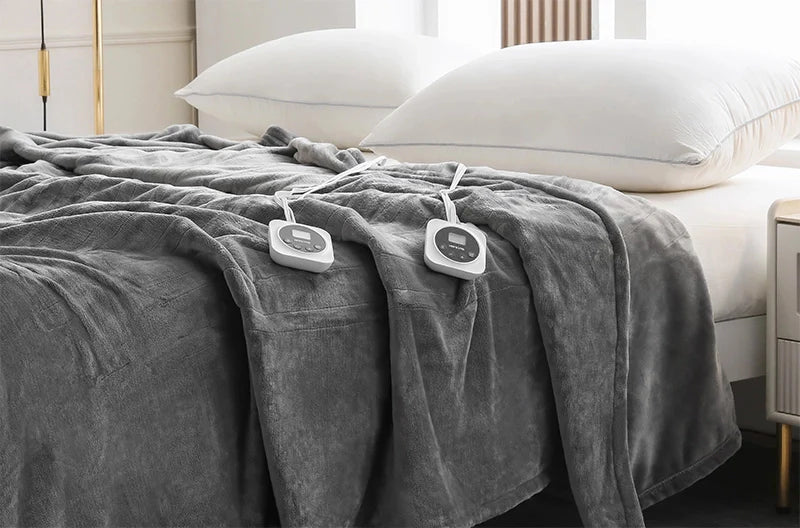
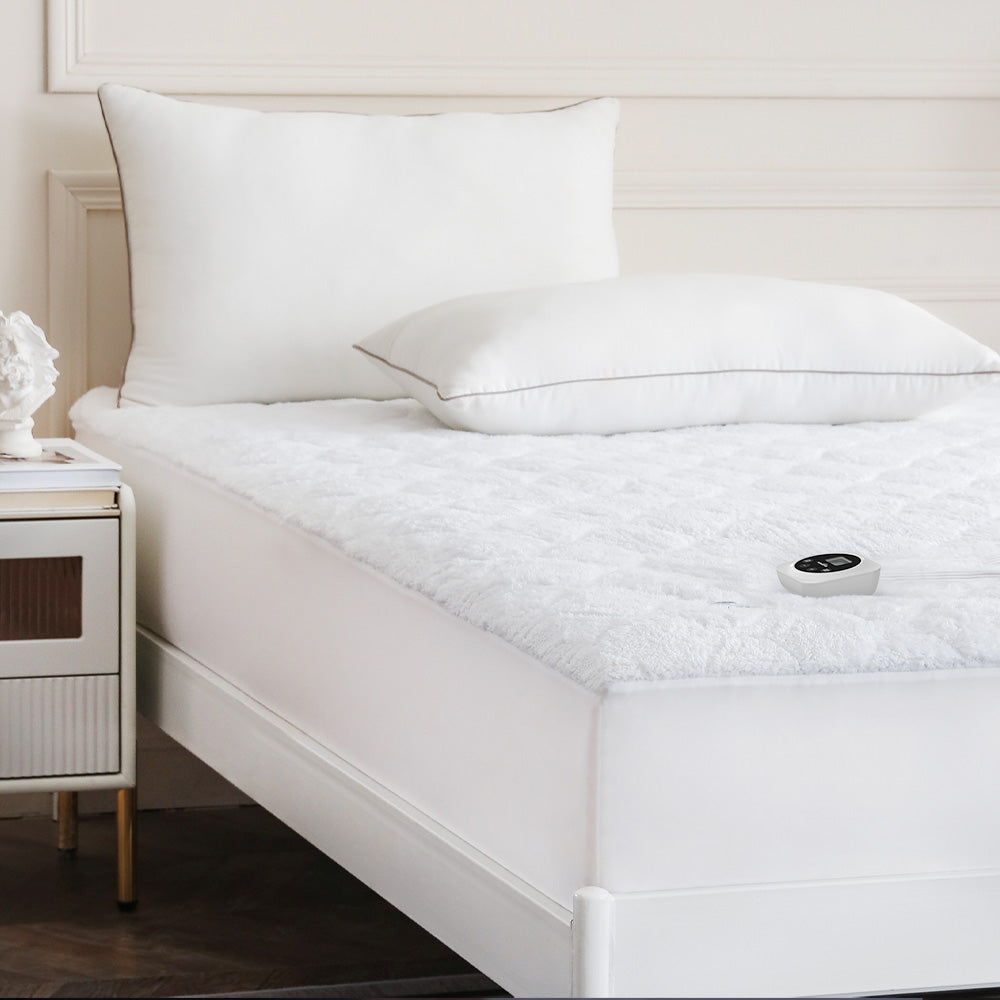
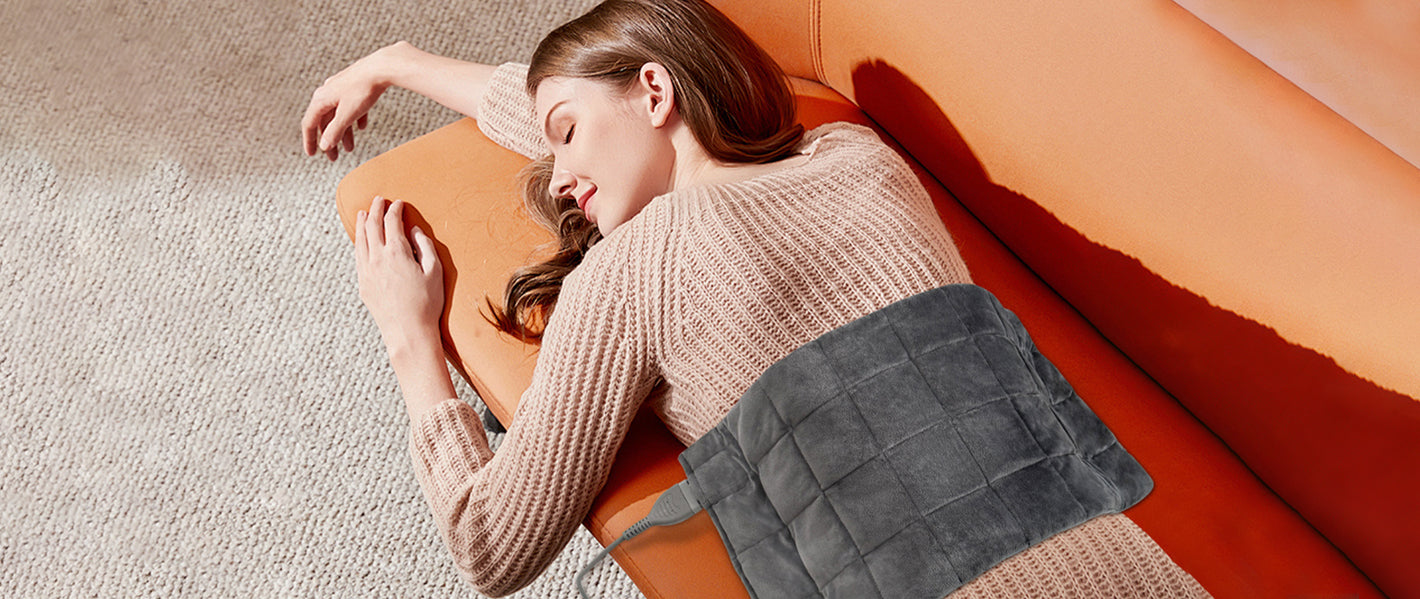
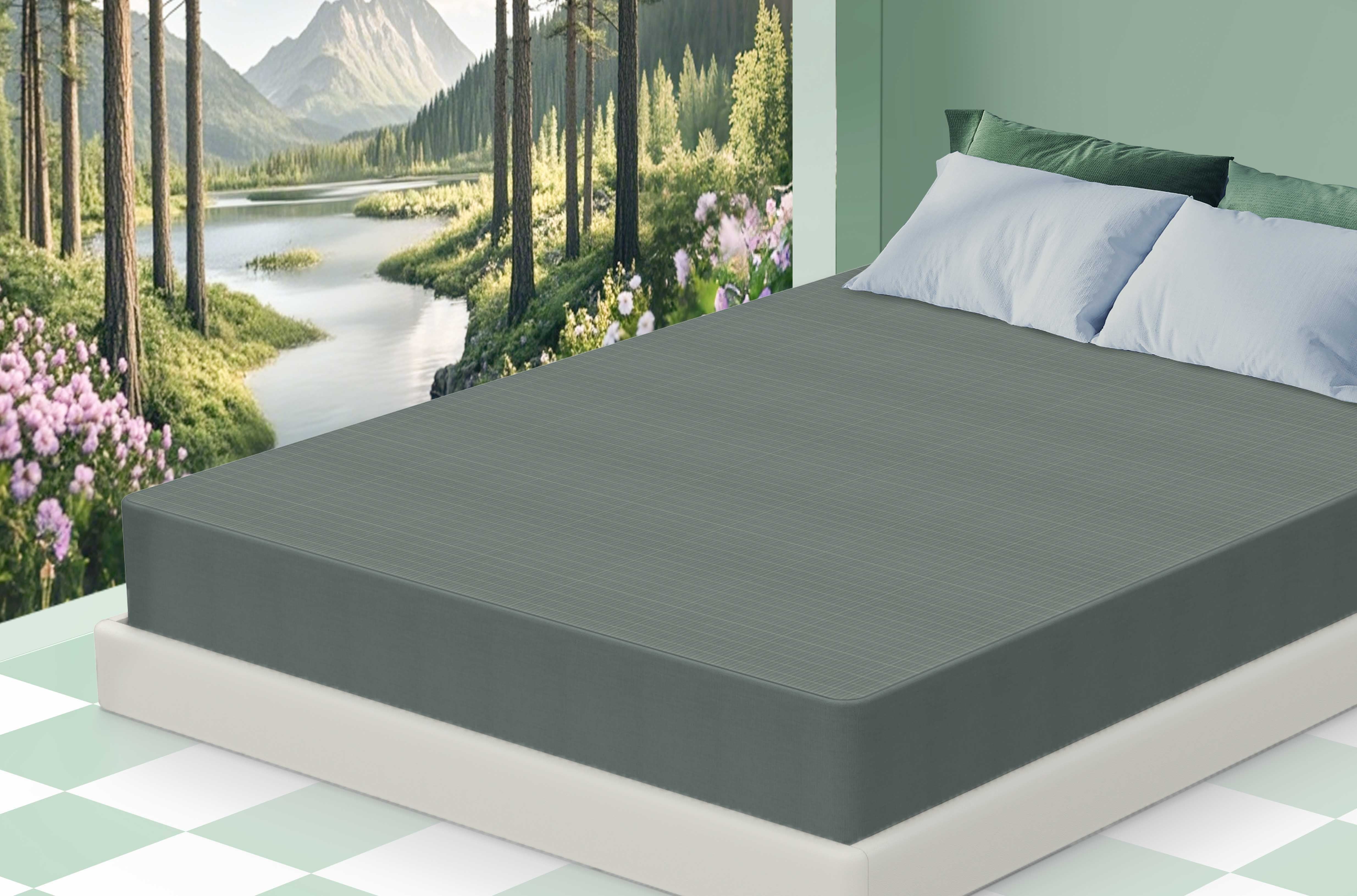

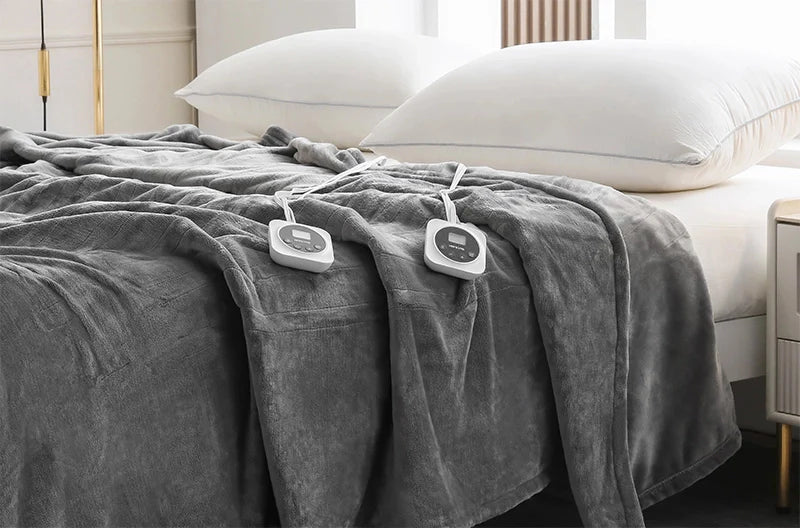
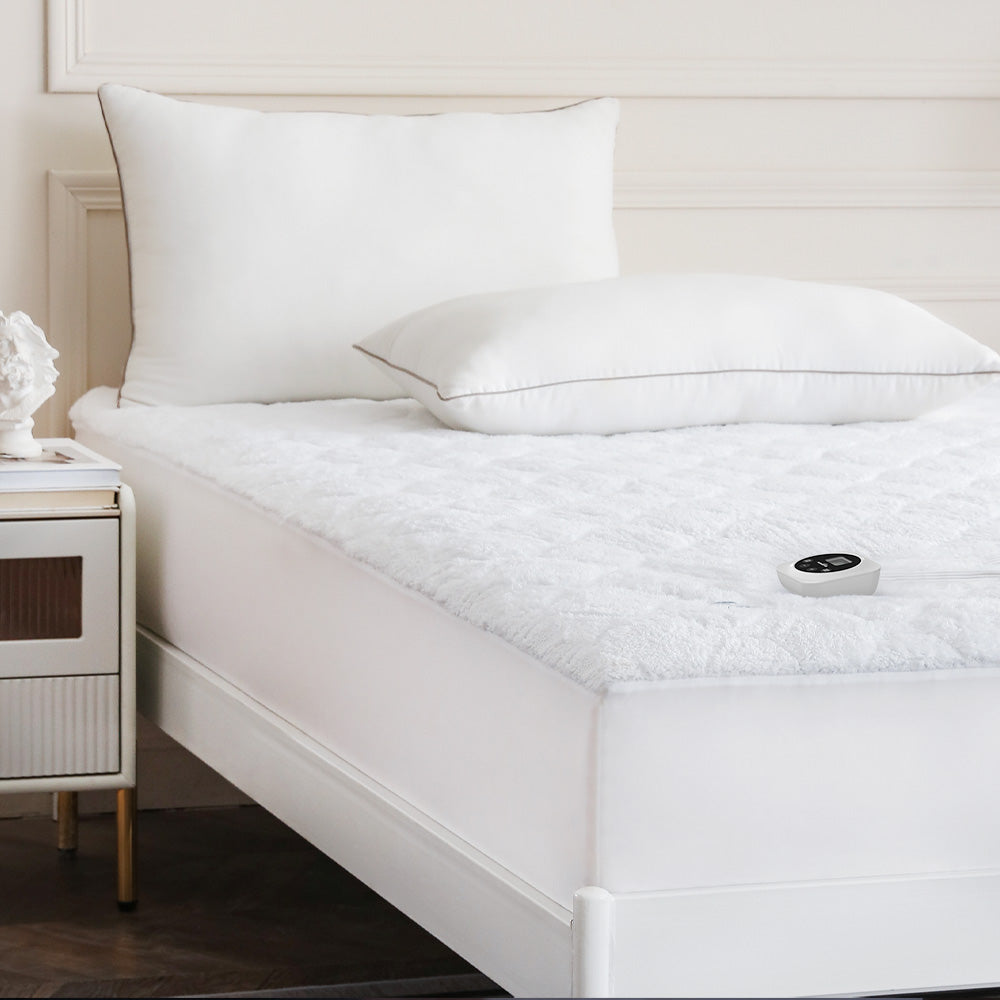
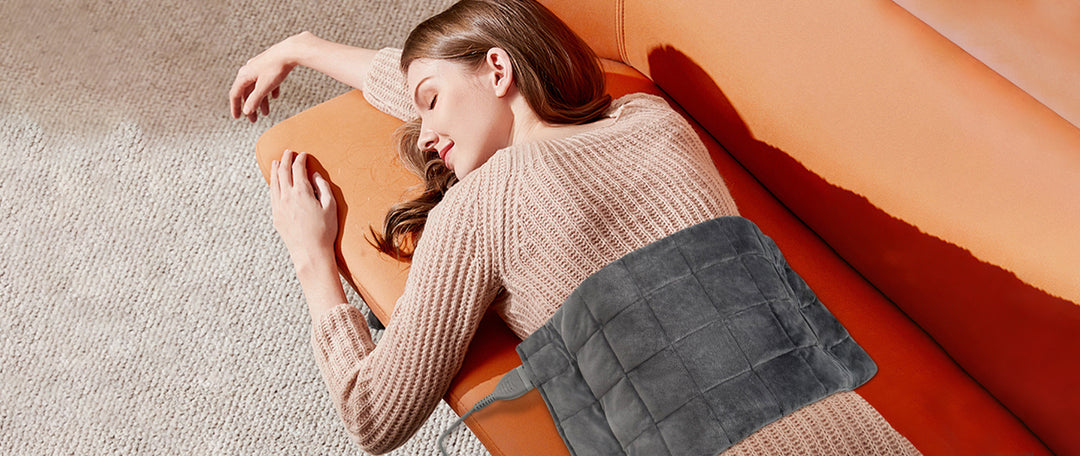
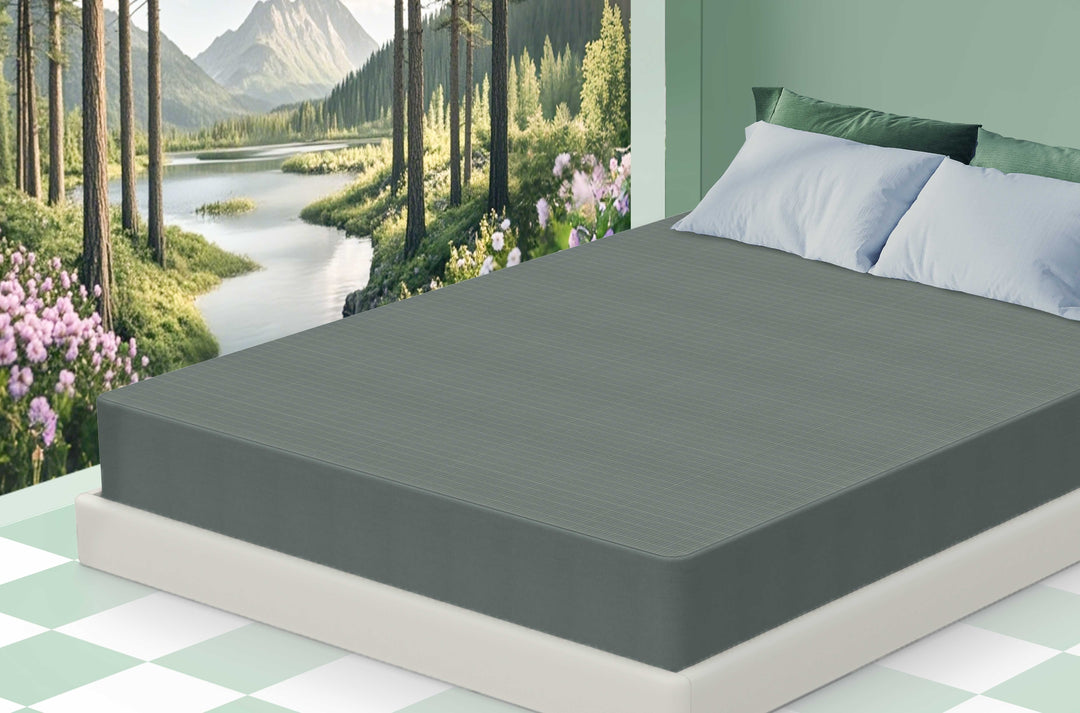



Which devices are you recommending for the best efficacy. Does the amount of red light( or other colored light) directly correlate with efficacy?
Leave a comment